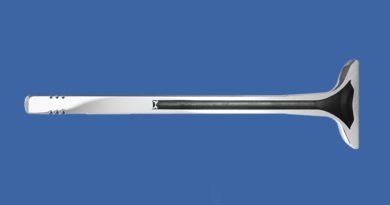FCAI releases motorcycle sales data
The Federal Chamber of Automotive Industries’ (FCAI) sales figures for the first half of 2022 show 47,929 motorcycles, scooters and off-road vehicles were sold in Australia from January to the end of June. This represents a decrease of 14.2 per cent on 2021 figures, which is 7,911 fewer vehicles sold.
Road motorcycle sales grew by 4.8 per cent on 2021 figures and scooters grew by 11.4 per cent. However, off-road motorcycles and off-road vehicles declined.
FCAI said off-road motorcycles had two exceptional sales years in 2020 and 2021 as many people purchased these motorcycles to enjoy recreational activities during the COVID-19 period. From January to June 2022, 19,406 off road motorcycles were sold. While this represents a decrease of 12.7 per cent on the same period in 2021, sales are higher than pre-COVID-19 years.
Off-road vehicle sales are down 45 per cent compared to the first six months of 2021. FCAI said this follows a decision by the major ATV brands to stop importing ATVs into Australia due to safety concerns with the new quad bike standard. Abnormally high sales in previous years coincided with a rush by farmers to buy ATVs before they sold out.
FCAI chief executive, Tony Weber, said global automotive supply chain issues also impacted sales.
“Global shipping remains unpredictable. This is impacting both production of motorcycles, scooters and off-road vehicles and their freight to Australia,” said Weber.
While total sales are down, Weber said road motorcycles and scooters remain important elements of Australia’s mobility network.
“With increasing congestion in our capital cities, decision makers need to be planning with road motorcycles and scooters in mind. These vehicles are an important tool in improving traffic flow, therefore reducing trip times for all road users,” said Weber.
According to Weber, decisions around land use planning in rural and regional areas, particularly those adjacent to population centres, need to factor in off-road motorcycle and vehicle use.
“We are seeing public land, which riders have traditionally been able to access for recreation, being locked up. As an industry, we are calling on decision makers to consider the needs of recreational riders in land use planning decisions,” added Weber.




